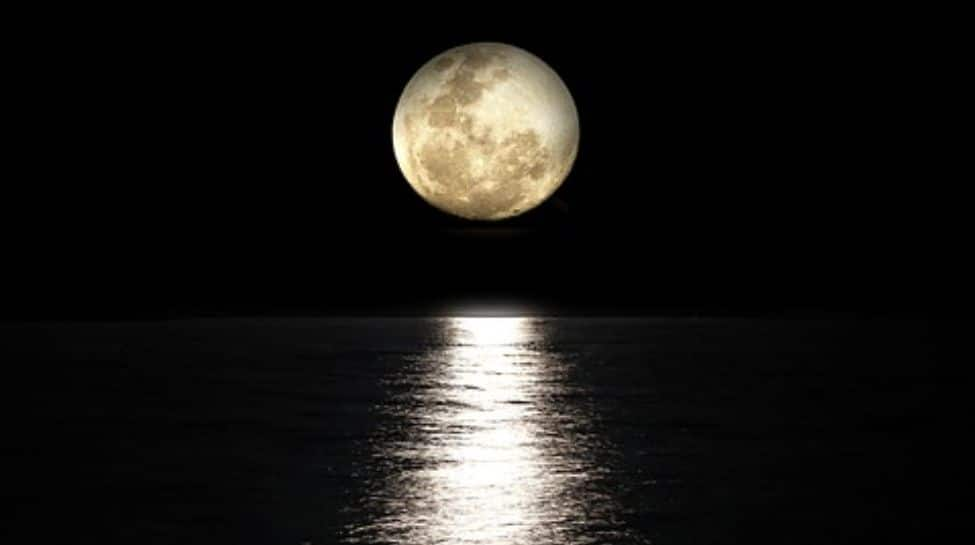Scientists have discovered that the Moon may contain far more water than previously thought, potentially in all regions of its surface. A recent study reveals that water, as well as hydroxyl (a molecule made of hydrogen and oxygen), might be present across the entire Moon, even in areas that receive full sunlight.
Significant Findings for Future Space Missions
This breakthrough is particularly important as major space agencies plan to establish human settlements on the Moon in the coming years. According to Roger Clark, a scientist at the Planetary Science Institute, astronauts may even find water near the Moon’s equator, a surprising development given that earlier studies suggested water was mainly concentrated in the polar regions—especially in deep craters where sunlight never reaches, allowing ice to form.
Where is Water on the Moon?
Despite its dry appearance, the Moon harbors hidden water. While there is no liquid water on its surface—no lakes, rivers, or puddles—many studies suggest that large amounts of water may be locked in its soil and rocks. Previous research indicated that water could exist in the permanently shadowed craters at the poles, where sunlight and heat never reach. This new study expands that understanding, suggesting water might be found all over the Moon.
Clark’s research shows that both water and hydroxyl are likely bound in minerals that form the Moon’s rocks and soil. The findings, published in The Planetary Science Journal, challenge the traditional belief that water is limited to the Moon’s polar regions.
Data from Chandrayaan-1 Mission
To make this discovery, researchers used data from India’s Chandrayaan-1 mission. The spacecraft, which orbited the Moon in 2008-09, carried a Moon Mineralogy Mapper (M3) that captured spectroscopic images of the Moon’s surface. By analyzing infrared light reflected from the Moon, the scientists detected the presence of both water and hydroxyl across various latitudes.
Above are images from Chandrayaan-1’s Moon Mineralogy Mapper in black and white and below are color coded for different water-bearing minerals. Blue represents feldspar, with more water and hydroxyl toward the poles. (NASA/PSI/Roger Clark)
Water and Hydroxyl on the Moon
Though water on the Moon doesn’t last forever, researchers found that lunar surface water is exposed during cratering events and is slowly destroyed by solar wind radiation over millions of years. However, hydroxyl, which is also produced by the solar wind, remains. The solar wind deposits hydrogen on the lunar surface, where it binds with oxygen in the rocks to form hydroxyl molecules.

The dashed lines (offset) show the spectra before thermal emission. Thermal emission has little effect on the observed band depths. This geologically fresh crater shows evidence for excavation of water- and hydroxyl-rich materials from depth. (NASA/PSI/Roger Clark)
This exciting new discovery reshapes our understanding of the Moon’s water content and could have major implications for future lunar exploration and human settlement. The idea that water might be accessible in many parts of the Moon could pave the way for sustained lunar missions in the future.

